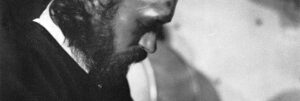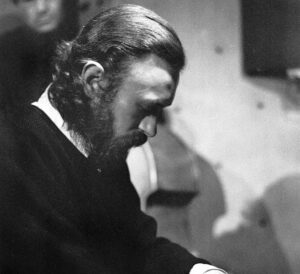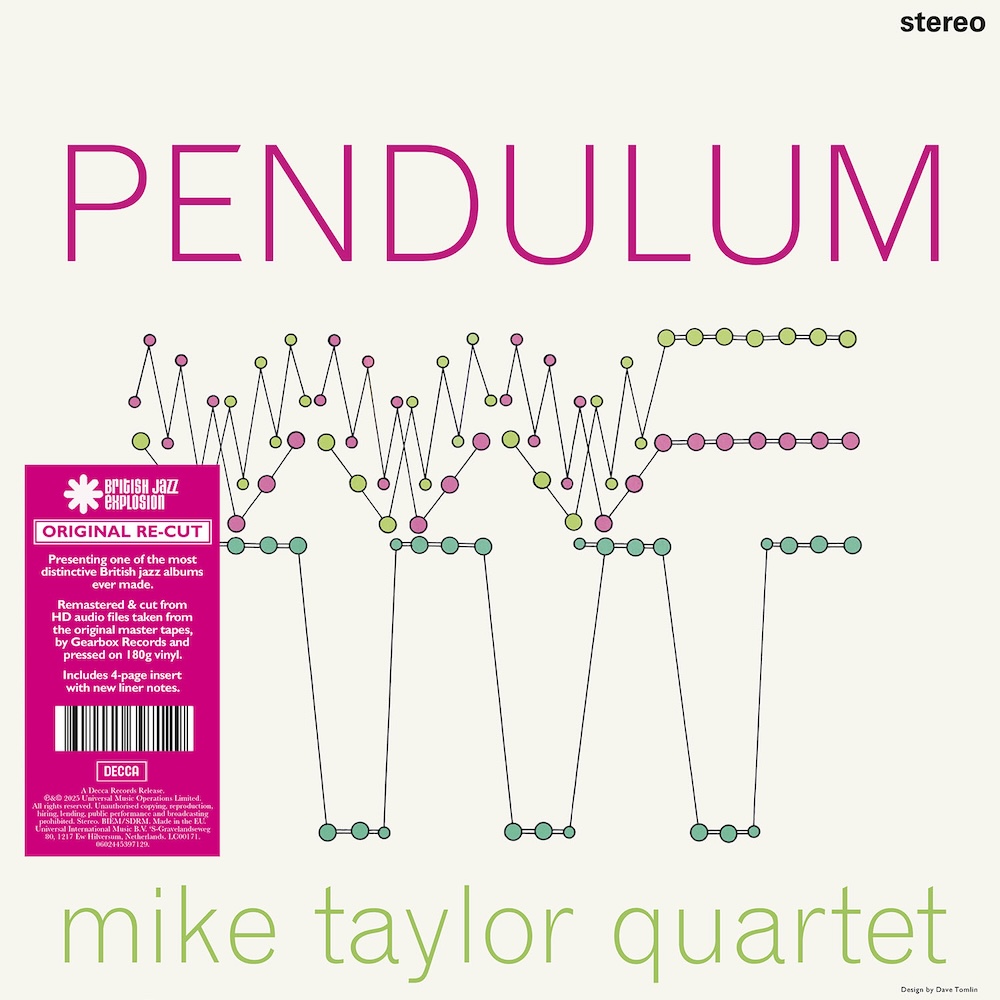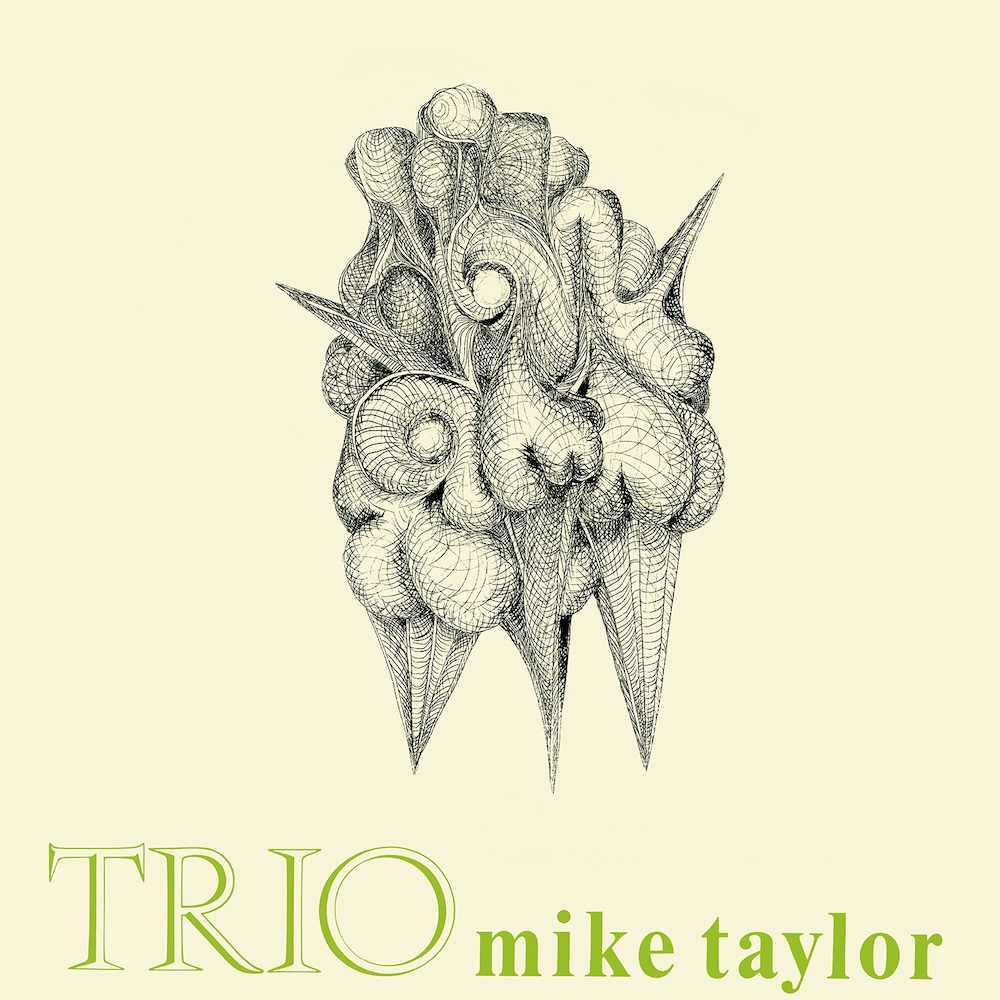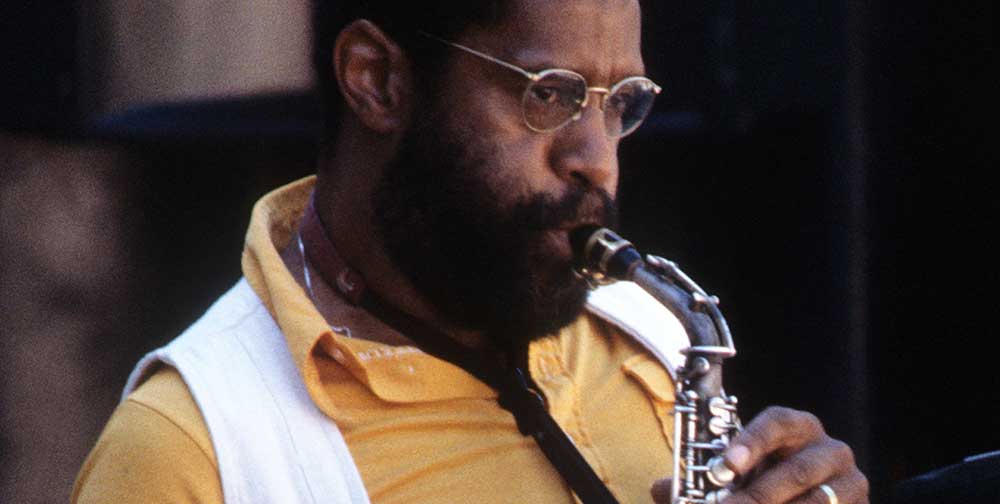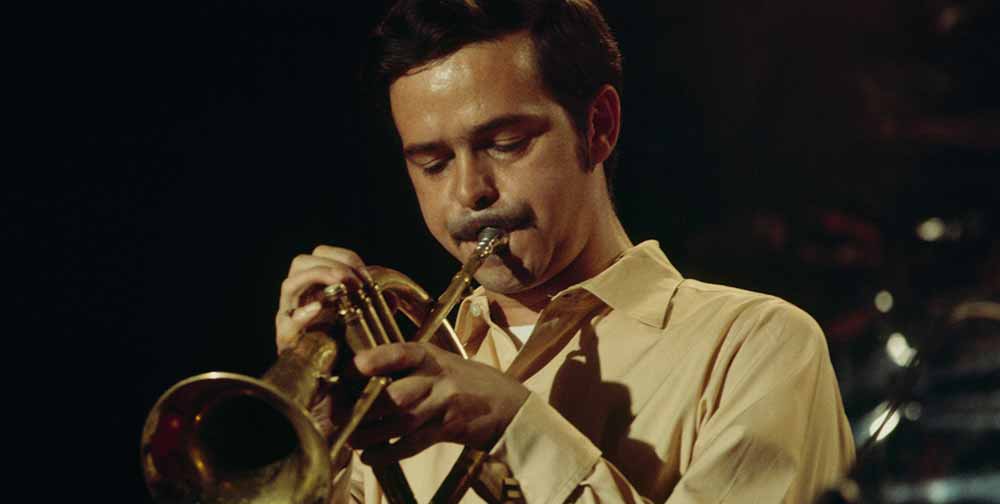On a bitterly cold January day in 1969, the body of British jazz pianist, composer and bandleader Mike Taylor was found on the banks of the River Thames in Leigh on Sea, Essex. It had remained unidentified for more than a week with the local Southport Standard grimly reporting the ‘Mystery Of Body In Creek’, a man with a long beard wearing two pairs of trousers.
“In the years following his death, Taylor’s name slipped from memory of all but his closest friends. His two Lansdowne albums languished in obscurity, slowly rising in staggering value on the collectors’ market,” writes British Jazz historian Tony Higgins in the erudite liner notes to the long awaited vinyl reissue of Taylor’s “Pendulum”.
The reissues of Taylor’s two albums (“Pendulum” 1966 and “Trio” 1967) recorded with his Quartet and Trio, are part of Decca’s British Jazz Explosion series that previously made available similarly sought after albums by Don Rendell Quintet (“Space Walk” 1972), Harry Beckett (“Flare Up” 1970), John Surman/John Warren (“Tales Of The Algonquin” 1972), The Joe Harriott Quintet (“Movement” 1964), and John Cameron Quartet (“Off Centre” 1969).
Now exchanging hands for upwards of £1,000 these two Mike Taylor albums were recorded with producer Denis Preston at his famous Lansdowne Studios in Holland Park, West London. Now remastered at Gearbox studios and released on 180gm vinyl for the first time, they are a fitting tribute to Taylor whose genius shone for an all too short time.
In the only obituary at the time of his death at the age of just 30, that followed years of heavy LSD and cannabis use, psychosis and ultimately homelessness, a tiny column in the Melody Maker written by Bob Dawbarn reflected that Taylor “seemed too sensitive and strange to belong in the rough, tough world of the jazz man….He looked like a bank clerk and acted like a mystic.”
Raised by his grandparents in Ealing, West London, Mike Taylor took to the piano early and after a stint in the RAF was a regular performer at the all night jazz sessions in the basement of the Nucleus coffee bar in Covent Garden. Through the early sixties he played in various ensembles with a pre-Cream Jack Bruce and Ginger Baker and the future members of his Quartet. Drummer Jon Hiseman and bassist Tony Reeves would later join prog rock group Colosseum with saxophonist Dave Tomlin playing with psych rock group High Tide while running free jazz sessions at the London Free School, as part of their counter cultural activities. These were exactly the kind of forward thinking and free minded musicians that Mike Taylor needed as he searched for his own sound in the ‘new thing’.
The home for his innovations was Denis Preston’s famous Lansdowne Studios in Holland Park, West London. The writer and radio presenter turned producer, had founded Lansdowne in 1956 firstly as an avenue for skiffle and trad but soon through the cutting edge of modern British Jazz. Only getting the recognition they deserved thanks to Impressed with Gilles Peterson from 2002, compiled by Tony Higgins, Preston’s Lansdowne Series included albums by the likes of Don Rendell-Ian Carr Quintet, Amancio D’Silva, Joe Harriott, and Neil Ardley.
Recorded at Lansdowne in 1966, the same year as The Joe Harriott Double Quintet’s “Indo-Jazz Suite” and Don Rendell Ian Carr 5tet’s “Dusk Fire”, Mike Taylor’s “Pendulum” took its place alongside these pivotal British jazz albums. “This record is something of a landmark in British jazz,” wrote Ian Carr in the original liner notes. “It is one of the first recordings made by the new generation of musicians who grew up when the ‘hard bop’ and ‘funky’ school of playing was already losing its vogue and prophetic voices were learning to pronounce more elegant slogans such as ‘the new thing’, or ‘the avant-garde’”.
Side One of “Pendulum” consists of three standards but as Ian Carr writes: “the chemistry of Taylor’s mind seems to change the piece’s whole identity.” The Quartet’s interpretation of George and Ira Gershwin’s “But Not for Me” sets the tone, with Taylor’s almost discordant piano hanging above and behind the colliding rhythm section while Dave Tomlin’s saxophone soars freely above. Their version of Dizzy Gillespie’s “Night in Tunisia” is even more astounding as the Quartet turn the standard inside out over 13 minutes of freeform improvisation that somehow keeps the funk. It is thought Taylor wrote over 200 pieces of music, so the three on Side Two of “Pendulum” offer just a small insight into his compositional prowess – that straddled free jazz and the avant garde with modal jazz and classical modernism.
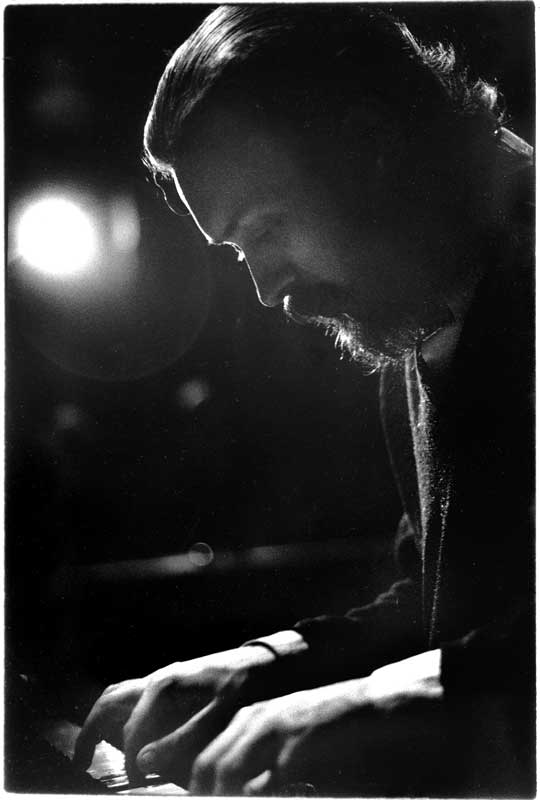
For his follow up album Mike Taylor called on his Quartet drummer Jon Hiseman, just prior to him joining Graham Bond Organisation (whose leader became a regular LSD partner of Mike Taylor’s). He then took on two bassists, Ron Rubin [from an earlier incarnation of Taylor’s Quartet] and Jack Bruce, founding member of Cream whose drummer Ginger Baker had played with Taylor in an early Quintet line up. Like his Quartet album, “Trio” was also split between adventurous interpretations of standards and Taylor’s own inventive compositions. Continuing where “Pendulum” left off “Trio” in the words of Tony Higgins inhabited: “a unique musical space that defies the usual categorisation…like a fully realised meeting of European modernist classical and post-modal impressionism.”
Whether Mike Taylor’s musical vision was expanded or hampered by his increasing use of LSD will never be known but one thing was clear – his mental state was increasingly perilous. “By the time “Trio “was recorded, Mike’s madness had become so extreme that he and I had fallen out with each other and working together had become impossible,” Dave Tomlin told Tony Higgins shortly before he passed away.
While he only recorded two albums before his death, Taylor’s compositions appeared on New Jazz Orchestra’s “Le Déjeuner Sur L’Herbe” from 1969 under the direction of Neil Ardley [with both Jon Hiseman and Tony Reeves amongst the big band], while his early associations with Ginger Baker led to him co-writing three songs for Cream’s 1968 album “Wheels of Fire”. Then in 1973 experimental compositions like “Timewind” and “Jumping off the Sun” (co-written with Dave Tomlin), appeared on a tribute album recorded by former bandmates at Lansdowne Studios, finally released in 2007 as “Mike Taylor Remembered”.
Despite the importance of the reissues of “Pendulum” and “Trio” we will never really know the depth of Taylor’s genius. ‘Many more pieces remain unrecorded or lost, with charts and manuscripts destroyed by his own hand as his mental condition rapidly deteriorated,” writes Tony Higgins. “During that time, it is thought he composed over 200 pieces yet only a handful were ever recorded or performed.”

Like this? Check out our British Jazz Explosion collection.
Only available on our UK store.
Andy Thomas is a London based writer who has contributed regularly to Straight No Chaser, Wax Poetics, We Jazz, Red Bull Music Academy, and Bandcamp Daily. He has also written liner notes for Strut, Soul Jazz and Brownswood Recordings.

